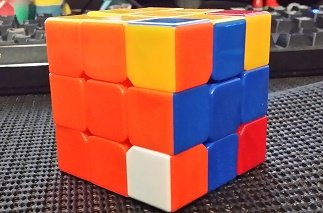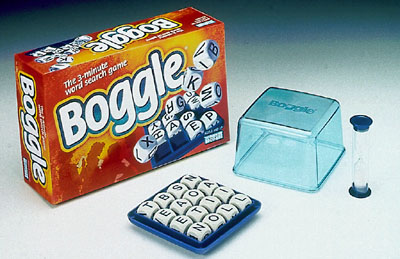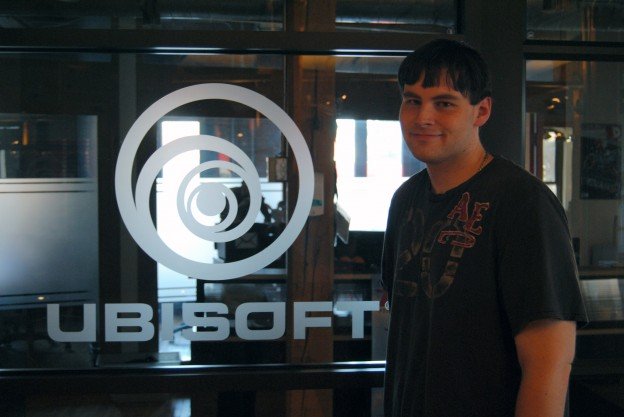For years I’ve been adamant about getting a job in the gaming industry for many reasons that can take up a whole essay on it’s own about why I find it so fascinating and important in media today. As a student, I became very acquainted with the recruitment process of being met with blank stares and non-responses when applying for internships at gaming companies or inquiring about them. Many for some reason are totally opposed to the idea, but others have intern systems even if they say they don’t.
From my high school senior year onward, I was on the hunt for an internship in games. As I approached my senior year of college, I felt my rope was getting really short because an internship would have been incredibly vital to my career decision in games. I wasn’t sure if I wanted to be a designer, programmer, IT technician or something else entirely. I wanted to use the internship opportunity to experience it first hand and base my decision off that. When all my efforts failed, I decided to go all-in on programming. It was a risk, believe it or not, for a Computer Science major like me because I still wasn’t decidedly convinced I wanted to be in this field.
After Ubisoft reached out to me, I finally got to experience some professional hands on programming with languages I truly enjoy and learn about the industry first hand. I’m not only sold on programming now, but more than ever before, games as a career too.
Prepare for a long blog. There’s over 8 months of experiences summed up.
Continue reading →






